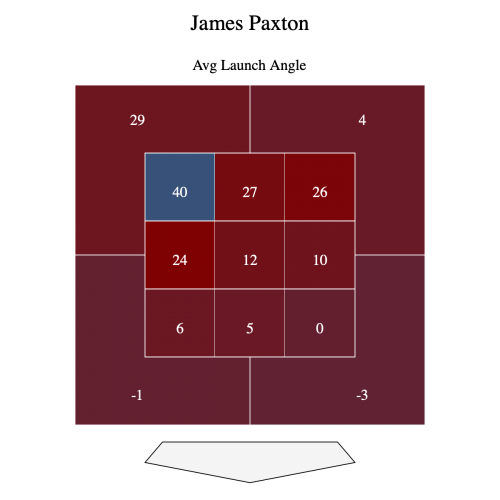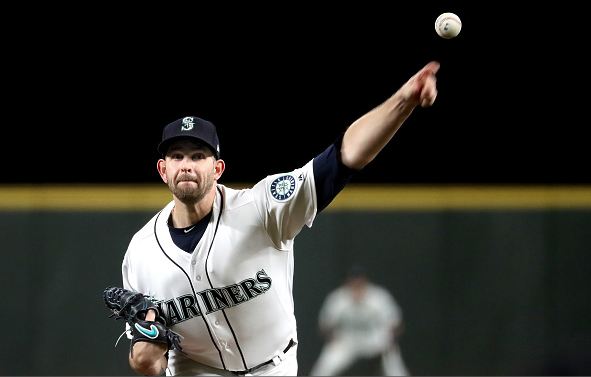Last week, I took a look at the 2019 starting rotation as it stands right now and compared it to last year’s. While diving into the numbers, I came across something rather odd: James Paxton was hit pretty hard in 2018.
In terms of barrel percentage against, exit velocity against, and hard hit percentage, Paxton ranked towards the bottom of the league. This came after a 2018 campaign that saw him as rather average in those categories, except for barrel percentage in which he was towards the top of the league.
|
Season |
Barrel % | Exit Velocity (MPH) | Hard Hit % | Ground Ball % | Fly Ball % |
|
2016 |
4.1 (Top 7%) |
90.1 (Bottom 2%) |
40.9 (Bottom 5%) |
48.1 |
30.1 |
|
2017 |
2.8 (Top 1%) |
86.9 |
31.5 |
44.9 |
32.7 |
| 2018 | 9.4 (Bottom 2%) | 89.4 (Bottom 4%) | 42.1 (Bottom 2%) | 39.6 |
41.1 |
Furthermore, he is classified as a fly ball pitcher based on his 2018 season. As seen above, in prior years he was more of a ground ball pitcher, but something changed last season.
So what happened that led to this rather sudden change? And why would the Yankees trade for someone coming off a year in which he was hit pretty hard and was more of a fly ball pitcher (especially at Yankee Stadium)?
Fortunately, Paxton’s contact rate against has steadily fallen since 2015, falling to a career-low 73 percent in 2018. He’s getting more swings-and-misses than ever, with the fourth highest strikeout rate in the entire league at 11.6 strikeouts per nine innings.
Looking at his pitch locations, it seems fairly consistent – he tends to throw a lot down and in to right-handed hitters.


Thus, I had to nitpick. One thing that came up was his spin axis. It was down on all of his pitches from 2017, most notably with his curveball and cutter. Hitters are generating a higher launch angle on average, leading to the increase in fly balls. “Barrel” is defined in the game as follows:
“A batted ball requires an exit velocity of at least 98 mph. At that speed, balls struck with a launch angle between 26-30 degrees always garner Barreled classification. For every mph over 98, the range of launch angles expands.” (http://m.mlb.com/glossary/statcast/barrel)
Therefore, the increase in the hard-hit rate and the increase in the launch angle are causing more balls to be barreled. If Paxton can truly continue to pound right-handed hitters down and in, it can be seen that it would result in a low launch angle, likely leading to a ground ball. He gets in trouble when he works a little more up in the zone.

Another interesting tidbit from Paxton’s 2018 season: his fly ball rate was much higher for right-handed hitters (44.8 percent) than it was for left-handed hitters (23.1 percent). This, of course, plays better at Yankee Stadium with the short porch being in right field and Paxton’s tendency to bury right-handed hitters down and in.
However, his HR/9 rate more than doubled from 2017 to 2018, leaping from 0.60 to 1.29. His HR/FB rate also jumped from 7.8 percent to 14.4 percent. He allowed 3 home runs to lefties versus 20 to righties – 7 of which were hit to the right of straightaway center.
The key for Paxton will be if he can return to the numbers he put up in 2016 and 2017 in the aforementioned categories. Sure, his 2018 was good, but he has the potential to be great.




